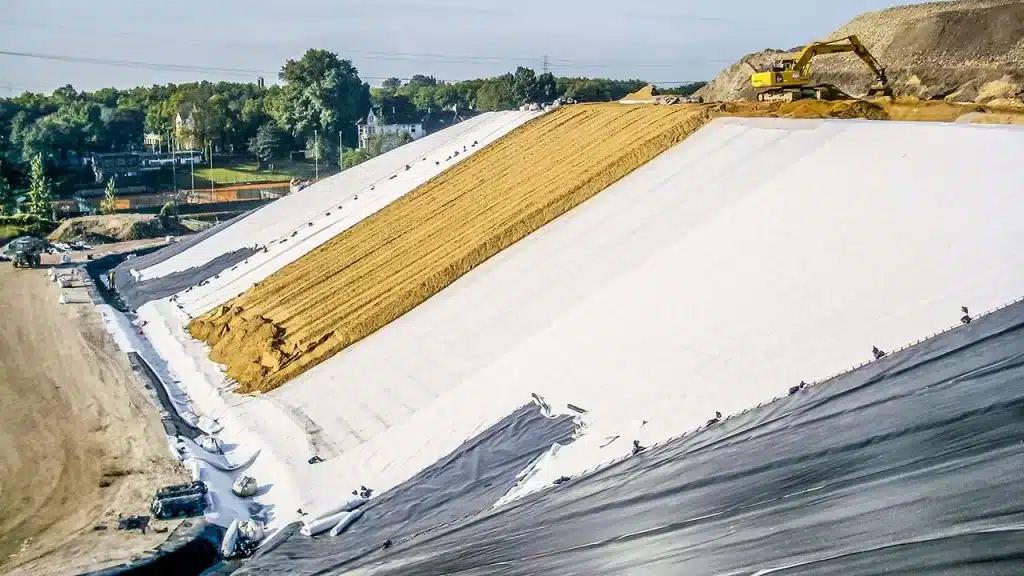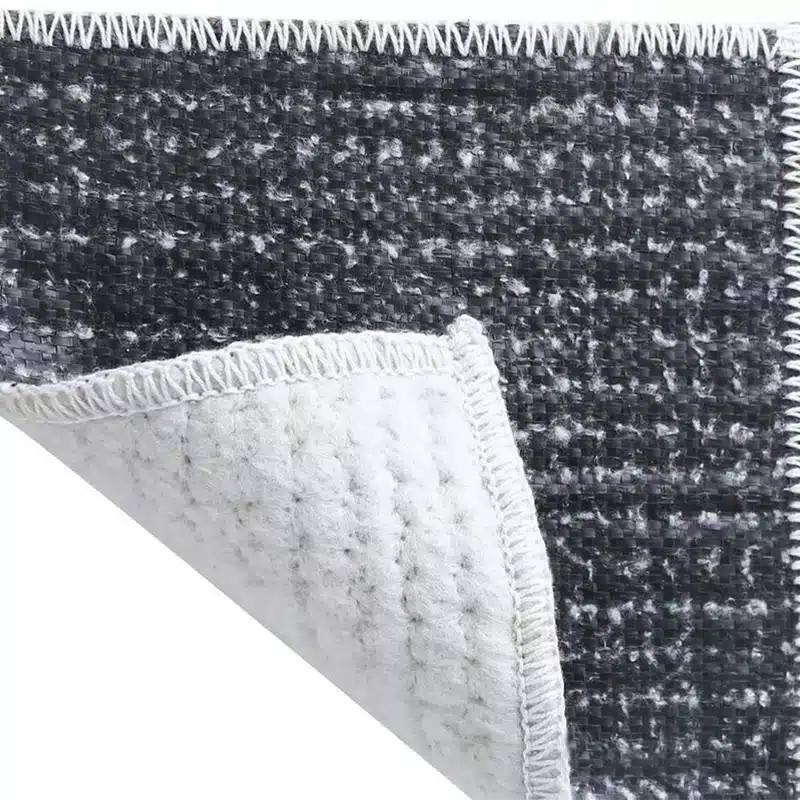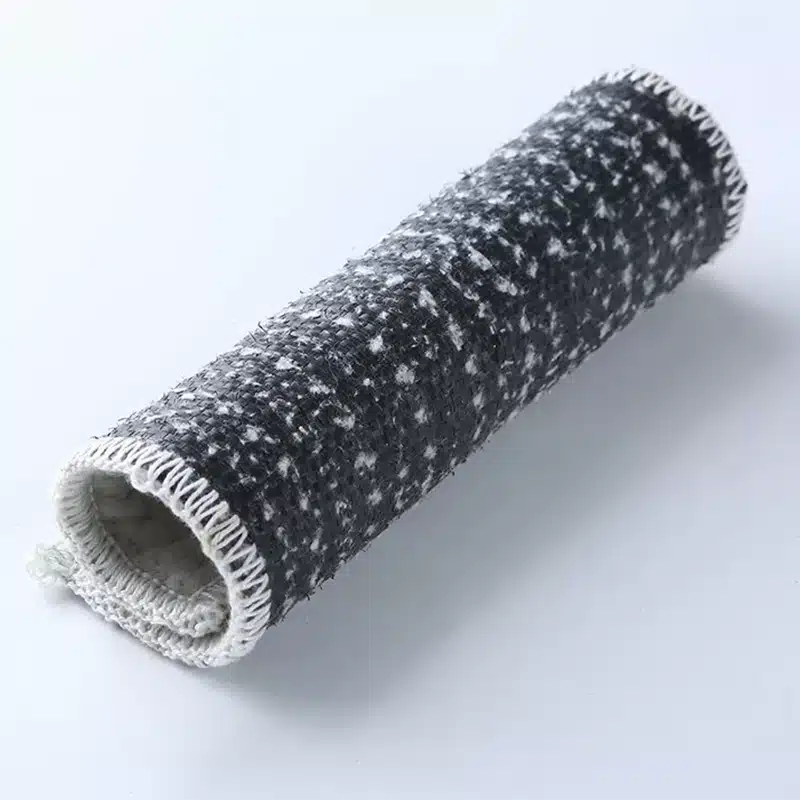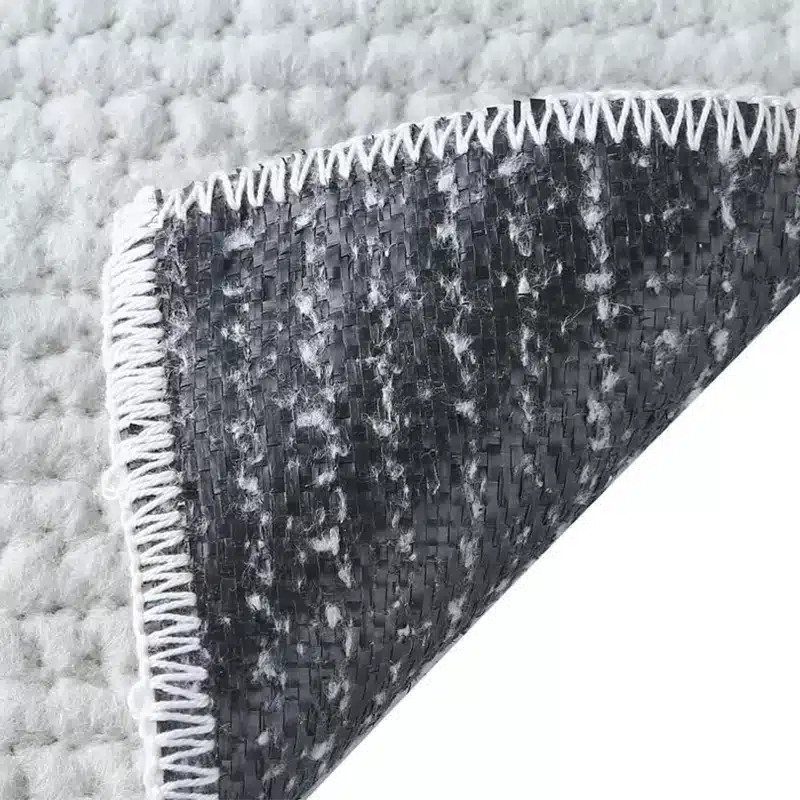The Strengths and Applications of Geosynthetic Clay Liners Infused with Bentonite
Geosynthetic clay liners infused with bentonite stand as unparalleled engineering marvels in modern containment solutions. Comprising layers of specialized geotextiles encapsulating a core of natural bentonite clay, these liners offer exceptional impermeability and sealing prowess. The synergy of geotextile strength and the expansive nature of bentonite clay empowers these liners to thwart seepage effectively, making them pivotal in diverse applications like landfill lining, hazardous waste containment, and hydraulic engineering projects. Embodying a perfect amalgamation of cutting-edge technology and natural elements, geosynthetic clay liners fortified with bentonite redefine the standards of reliability and performance in geotechnical engineering.

What are the geosynthetic clay liners made with?
Sodium Bentonite Clay
A geosynthetic clay liner (GCL) is comprised of two geotextiles that are needle-punched together, encapsulating a layer of sodium bentonite clay between them. These liners are constructed with layers of geotextile materials, either woven or non-woven fabrics typically made of polypropylene or polyester, enclosing a core of natural sodium bentonite clay. Bentonite, known for its high expansiveness and absorbent qualities, serves as the central element in GCLs, delivering outstanding hydraulic performance and exceptional sealing capabilities.
What is the difference between geomembrane and geosynthetic clay liners?
Geomembranes and GCLs both serve as barriers in engineering projects, yet their compositions and functions differ significantly.
- Geomembranes, typically composed of synthetic materials like polyethylene or polypropylene, provide a consistent thickness and homogeneity. They offer excellent chemical resistance and are primarily utilized as impermeable barriers. Geomembranes can have a smoother or textured surface, catering to various needs in applications such as landfill liners, pond liners, and mining operations, effectively preventing the seepage or migration of liquids or gases.
- In contrast, GCLs utilize bentonite clay, allowing them to self-seal and swell upon contact with water. This unique composition grants them both hydraulic conductivity control and self-healing capabilities, distinguishing them from geomembranes.
What is GCL used for?
Geosynthetic clay liners find versatile applications across various industries, serving crucial roles in environmental containment systems, including landfills, mining operations, and reservoirs, where impermeability and stability are paramount. GCLs effectively prevent the migration of contaminants, offering vital environmental protection in landfill caps and base liner applications, dams, canals, ponds, rivers, and lakes, and even waterproofing of buildings and similar structures. Moreover, they are extensively utilized in hydraulic engineering projects, contributing to tasks like canal lining and water conservation due to their exceptional water-sealing capabilities.
What are the properties of geosynthetic clay liners?
The key properties of GCLs include:
- Hydraulic Performance: Bentonite clay within GCLs possesses high swelling capacity upon hydration, forming an impermeable barrier against liquid flow.
- Self-sealing Ability: When in contact with water, the bentonite clay within GCLs expands, filling small punctures or gaps and sealing potential leakage paths.
- Chemical Resistance: GCLs exhibit resistance to various chemicals, safeguarding against the migration of contaminants.
- Durability: Geotextile layers in GCLs provide mechanical strength and stability, enhancing their long-term performance in diverse environmental conditions.
- Easy Installation: GCLs are relatively easy to install, contributing to cost-effectiveness and efficient project completion.

In conclusion, geosynthetic clay liners, powered by the unique properties of bentonite, have revolutionized the field of engineering. Their versatility, sustainability, and effectiveness in containment and hydraulic applications mark them as indispensable elements in modern construction and environmental protection initiatives. Understanding their composition, distinctions, applications, and properties underscores their pivotal role in shaping a sustainable future.



Comments
Post a Comment